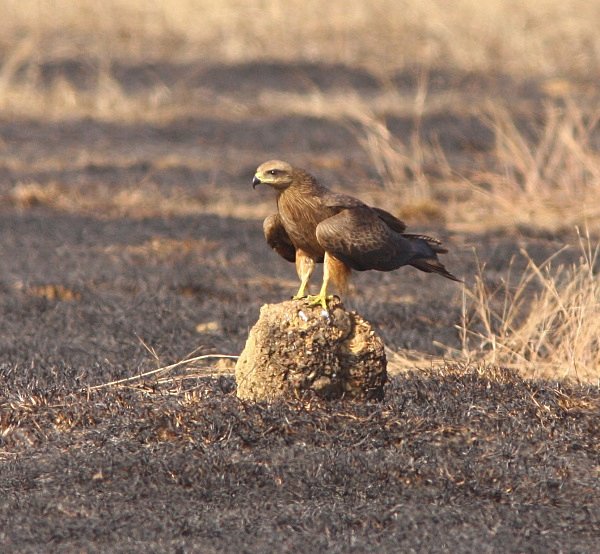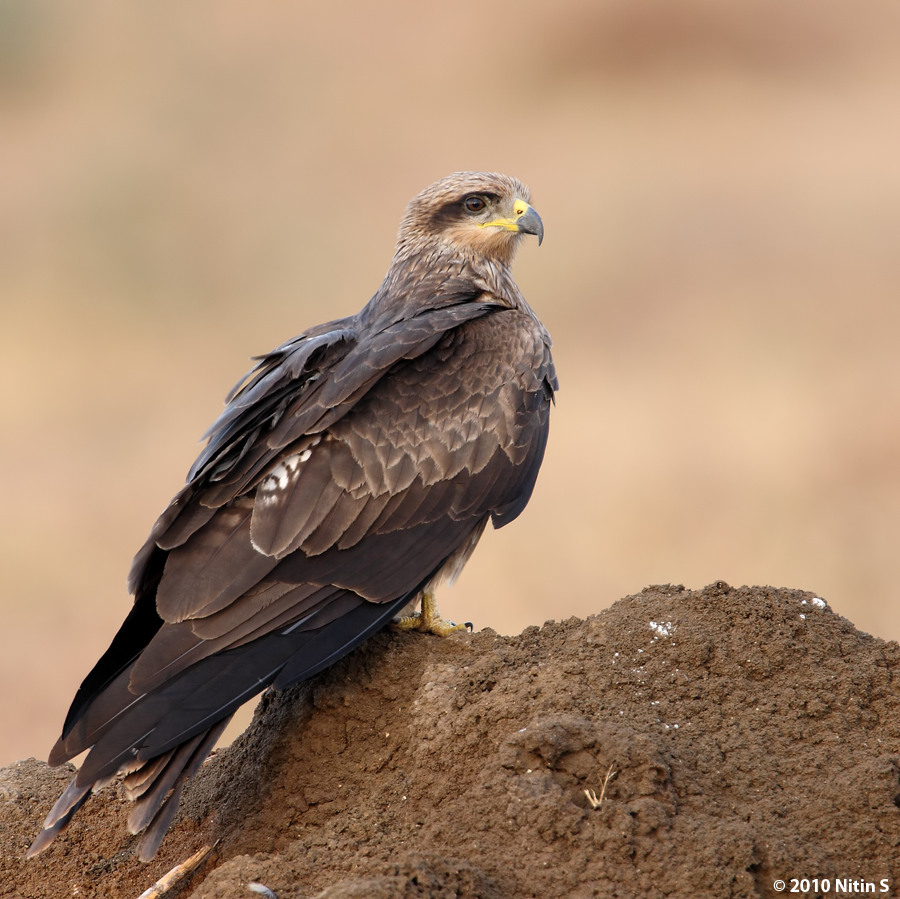

The Palaearctic is populated by two migrating subspecies, Milvus migrans migrans and Milvus migrans lineatus, in the western and eastern part of this realm, respectively. 2021).The Black Kite ( Milvus migrans) is one of the most widespread raptors in the world. Black Kites are also susceptible to electrocution by power lines (e.g.

It is very highly vulnerable to the effects of potential wind energy development (STRIX 2012). Whilst it is well-suited to the presence of humans, particularly in terms of its diet, the modernisation of cities has been shown to reduce available habitat, with overall Black Kite populations showing declines through the 20 th century in Delhi and Istanbul (Ferguson-Lees and Christie 2001). Accumulation of heavy metals in the food chain can have sub-lethal effects (Carneiro et al. 2018). Carcass poisoning and water pollution continues to drive declines in Europe and parts of Asia. Agricultural pesticide poisoning caused its extirpation as a breeder in Israel in the 1950s it has since recolonised (del Hoyo et al. The species has suffered historically as a result of poisoning, shooting and the pollution of water by pesticides and other chemicals (David et al. Management information The species has become highly commensal with people and thrives in human-dominated environments, but modernisation of cities appears to reduce its breeding success (del Hoyo et al. Breeding site The nest is usually built on the fork or branch of a tree (del Hoyo et al. Diet An extremely versatile feeder, it takes carrion as well as live birds, mammals, fish, lizards, amphibians and invertebrates, and is even known to forage on vegetable matter such as palm oil fruits human refuse has become a plentiful food source in many areas (del Hoyo et al. Habitat It is found ubiquitously throughout habitats, although avoiding dense woodland, and is recorded foraging up to 4,000 m in the Himalayas (del Hoyo et al.

It is generally a gregarious species, with birds often roosting communally and migrating in scattered flocks (del Hoyo et al. Migrating birds leave their breeding grounds between July and October, arriving back between February and May (Ferguson-Lees and Christie 2001).

#Kite bird india full#
Those at lower latitudes do not tend to be full migrants (del Hoyo et al. Outside Europe the overall trend is suspected to be overall stable: it is stable in India (State of India's Birds 2020), and has been increasing in Australia (Global Raptor Information Network 2015), but suspected to be declining in China and possible elsewhere in Asia (Global Raptor Information Network 2015).īehaviour The species is mainly migratory, with birds from Europe and northern Asia wintering in sub-Saharan Africa and southern Asia. However, in Europe the current population trend is stable or increasing in the three countries with the largest populations (over 90% of the total in the European Union) (BirdLife International in prep.). Modernisation of urban environments and agricultural improvements are also thought to be causing declines locally (Ferguson-Lees and Christie 2001). Trend justification Despite being possibly the most common raptor in the world, the population has declined owing to poisoning, shooting, pollution of water and over-use of pesticides. It is placed in the band 4,000,000-5,700,000 mature individuals. Europe forms approximately 9% of the global range, so a very preliminary estimate of the global population size is 4,100,000-5,600,000 mature individuals, although further validation of this estimate is needed. Population justification In Europe, the breeding population is estimated to number 186,000-254,000 breeding pairs, equating to 372,000-507,000 mature individuals (BirdLife International in prep.). For these reasons the species is evaluated as Least Concern. The population size is extremely large, and hence does not approach the thresholds for Vulnerable under the population size criterion (10% in 10 years or three generations, or with a specified population structure). Justification of Red List Category This species has an extremely large range, and hence does not approach the thresholds for Vulnerable under the range size criterion (extent of occurrence 30% decline over 10 years or three generations).


 0 kommentar(er)
0 kommentar(er)
